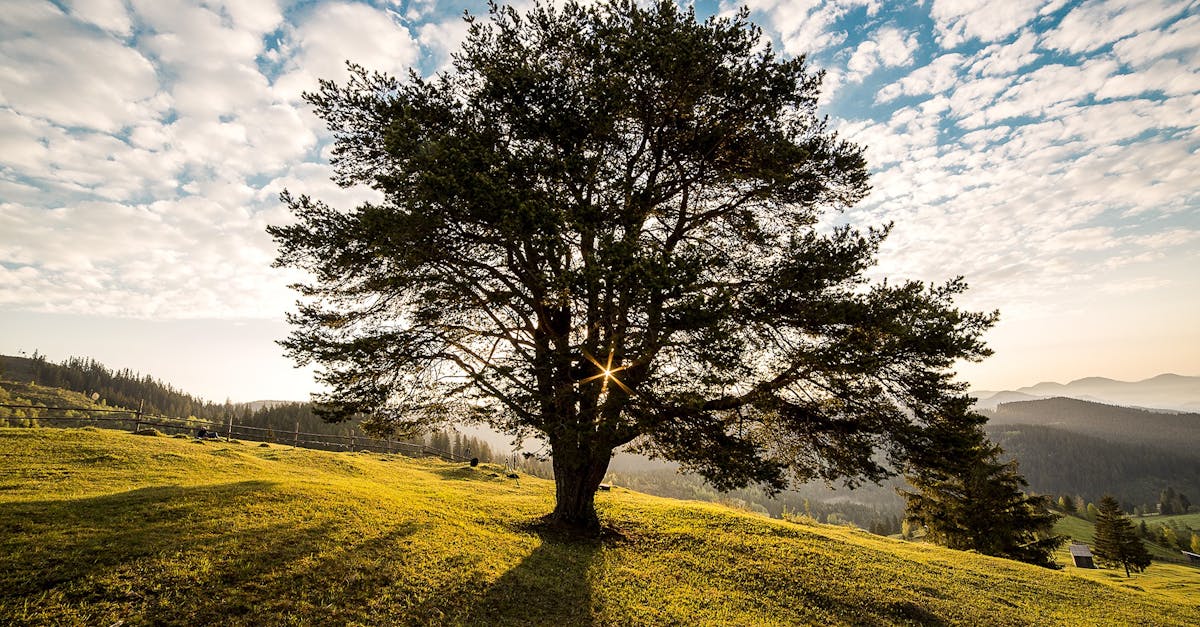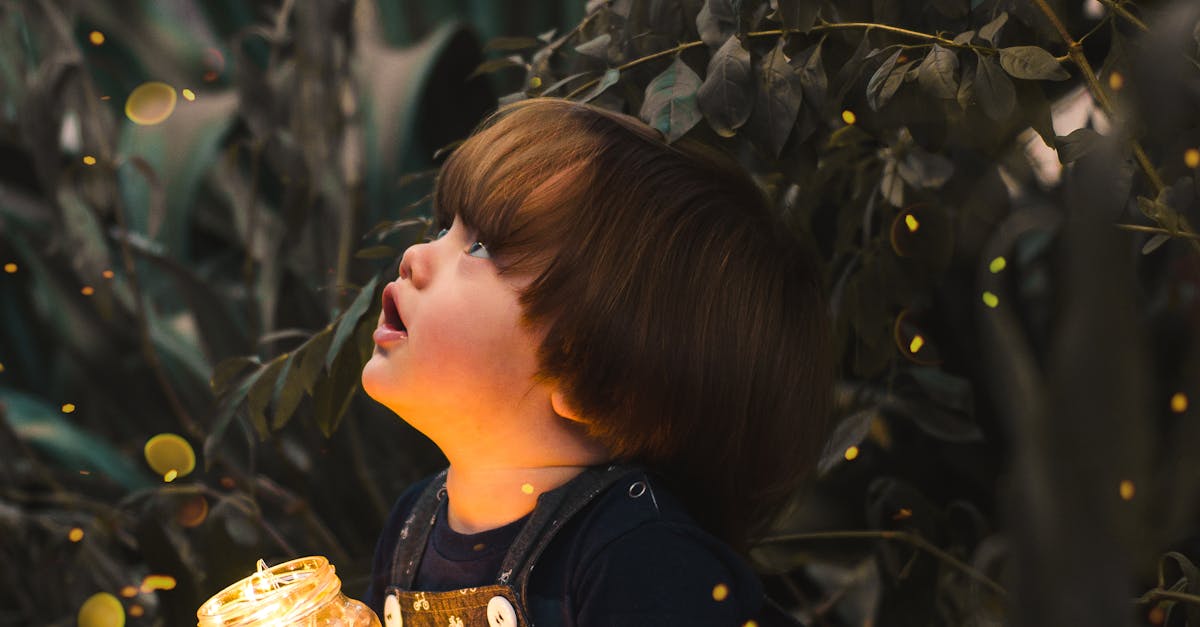Here’s a clear, thoughtful, and engaging explanation of the relationship between Creativity and the Character Strengths in the Virtue of Justice, based on Positive Psychology. These strengths—Being an Active Citizen, Fairness, and Leadership—help children grow into responsible, respectful, and inspiring members of their community. Creativity adds power, vision, and compassion to these strengths.
🏙️ 1. Being an Active Citizen (Citizenship & Teamwork)
What is Being an Active Citizen?
Being an active citizen means working with others to make your school, neighborhood, or country better. It’s about being responsible, helpful, and involved in the group. Good citizens follow rules, respect others, help their team, and speak up for what’s right. They know they’re part of something bigger than themselves.
Relationship Between Creativity and Active Citizenship
Creativity helps children think of new ways to serve their community or classroom. A child might invent a recycling game, design a kindness campaign, or create posters about keeping the school clean. These actions show active citizenship in creative ways. Instead of just following rules, kids use their imagination to improve teamwork and bring people together. Creative citizenship also teaches problem-solving. When a school has an issue, like bullying or littering, creative students come up with smart, fun solutions that others enjoy and follow.
How Creativity Improves Active Citizenship
When students take part in class projects or group challenges, they learn to contribute creative ideas for the common good. For example, designing a “Help Others” board, leading a classroom garden project, or writing a poem about peace allows them to care about the community in fun and original ways. These creative efforts teach that being a good citizen isn’t just duty—it can also be joyful, expressive, and full of teamwork.
Summary
- Creativity makes teamwork and service fun and meaningful.
- Children learn to solve real problems in new ways.
- Creative citizens make their communities more caring and lively.
⚖️ 2. Fairness
What is Fairness?
Fairness means treating everyone equally and with respect. A fair person listens to others, shares fairly, and does not show favoritism. They care about rules being followed and make sure that no one is left out or treated badly. Fairness is about doing what is right for all, not just for yourself.
Relationship Between Creativity and Fairness
Creativity helps children understand different sides of a situation. For example, in a story, two characters might want the same toy—writing or acting out the story can help children see both points of view. This builds empathy and teaches how fairness works in real life. Creative activities like debates, skits, or group art projects allow kids to explore fairness while working together. They start to think: “Is everyone getting a turn?” or “Is this decision good for all?”—and this makes fairness part of how they think and act.
How Creativity Improves Fairness
Through storytelling, roleplay, and problem-solving games, children can practice fairness in different settings. They can create stories where a character learns to share, or act out a scene where a group decides something together. These creative experiences help them see how being fair makes everyone feel valued and included. Over time, kids develop the habit of fairness—not just because they’re told to, but because they’ve felt and imagined what fairness looks like.
Summary
- Creativity helps children understand all sides of a situation.
- Stories and group play grow the habit of fairness.
- Fairness becomes something kids feel, not just follow.
🌟 3. Leadership
What is Leadership?
Leadership means guiding others in a positive, respectful way. A good leader listens, supports their team, and helps people work toward a common goal. They don’t boss others around—they inspire them. Leadership is about taking responsibility, making fair decisions, and encouraging others to do their best.
Relationship Between Creativity and Leadership
Creative leaders are not just rule-followers—they are idea-makers. A creative student leader might suggest a new way to welcome new classmates, plan a fun event, or solve a group problem with kindness and excitement. Creativity helps leaders think ahead, connect with people, and respond with flexibility. Instead of copying others, they bring their own spark. In class, creative leadership may look like designing a new group activity or solving a conflict with humor and fairness. These fresh, positive actions inspire others to follow.
How Creativity Improves Leadership
Creative tasks like organizing a classroom play, leading a school campaign, or guiding a group art project help students take charge with imagination and respect. These experiences build confidence, responsibility, and joy in leading. Creativity allows leaders to connect with different people, adjust to new situations, and find exciting ways to include everyone. Over time, they become leaders who not only get things done but also inspire others through their ideas and attitude.
Summary
- Creativity adds vision and empathy to leadership.
- Creative leaders solve problems and include everyone.
- Taking charge becomes joyful, not bossy.
🌈 Overall Summary
The strengths in the **Virtue of Justice—Being an Active Citizen, Fairness, and Leadership—**shape how children work, share, and lead in the world. Creativity makes these strengths more powerful and more human. A creative citizen thinks of better ways to help others. A creative sense of fairness allows children to see from many views and include everyone. A creative leader is someone who listens, imagines new paths, and motivates the group. Creativity also helps turn serious values into joyful habits. When we ask kids to express justice through stories, games, drawings, or group work, they feel excited to act with purpose. Instead of just following rules, they begin to lead with heart and help with imagination. In every school, home, or team, building these creative justice strengths leads to a better and kinder world—where every child becomes a thoughtful, fair, and joyful leader in their own way.




